How A Set Of Doppelgangers Changed Prison System Policies
The arrests of Will and William West forced the need for the evolution of identification
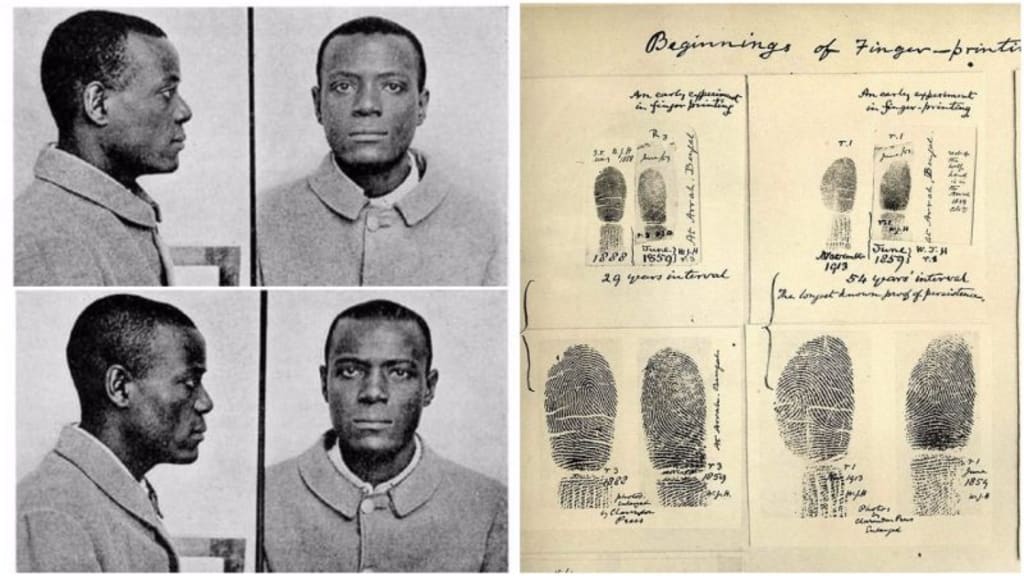
Handcuffs, fingerprinting, and mugshots are the three things that people generally think of when they picture someone being arrested and taken to jail. Fingerprinting is a tool that has solved tens of thousands of crimes, perpetuated the arrest of thousands of offenders, and even exonerated those who were innocent.
It’s hard to imagine crime scene investigation and the confirming of one’s identity without fingerprinting. It’s even used today as a security measure on our cell phones.
A Historical Practice
It is believed that the use of fingerprints has occurred since the age of the Egyptians, however the first documentation regarding the use of fingerprints as a means of identifying a person came in 1880. Dr Henry Faulds, a Scottish doctor published an article in “Nature”, a scientific journal of that time. He examined fingerprints and their value, as they could be used to identify an individual. The 1890s is when utilizing fingerprints for law enforcement purposes really took off.
The First Arrest
Inspector Eduardo Alvarez is credited with being the first police inspector to apprehend a criminal through the use of fingerprint analysis. His arrest of Francisca Velazquez came after he identified a bloody fingerprint left on a door as Velazquez’s, in conjunction with other evidence located at the scene. Velazquez resided in the poverty-stricken city of Neocochea, Argentina and was a suspect in the murders of her children, ages four and six. After cutting out the wood that retained the print and using a stamp pad and ink to gather Velazquez’s fingerprints, Alvarez sent them both to La Plata, Argentina for analysis.
The Development of the Fingerprint Database
Earlier that year, the police department in La Plata had created the world’s very first fingerprint database. It was developed by Juan Vucetich. Vucetich was originally from Croatia, and after his immigration to Argentina, became employed with the La Plata Police Department. There, he made use of his mathematical skills through accounting and statistics. In 1891, the Chief of Police tasked Vucetich with setting up an “anthropology office”.
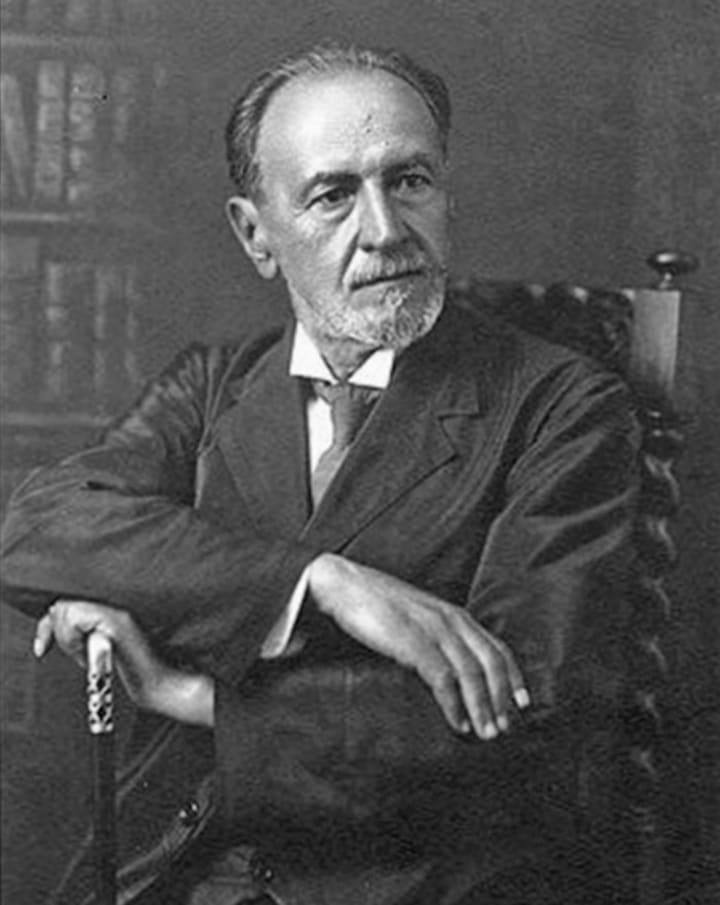
After experimenting on mummies in the local morgue, he developed a classification system based on four fingerprint types. His first trial introduced him to 23 known offenders, all of whose fingerprints were taken and added to his database. Vucetich had collected the prints of 1,462 persons by the end of 1892.
It wasn’t until an unusual incident at Leavenworth Prison in Kansas, that the United States began to utilize this procedure that had become almost commonplace in other areas of the world.
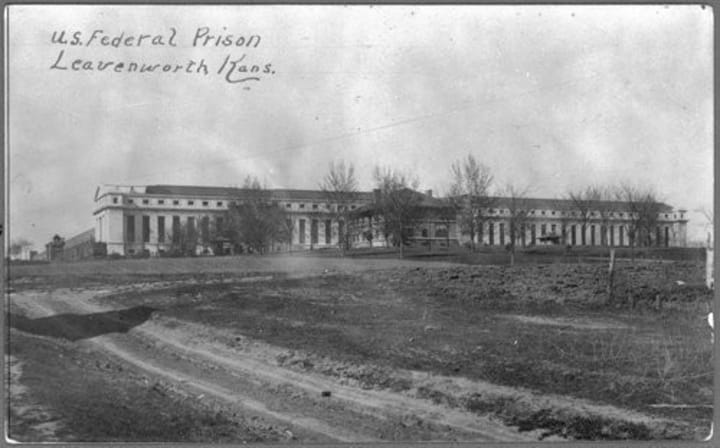
A Wild Tale of Wests
In 1903, a man named Will West arrived at the Leavenworth Penitentiary after being found guilty of committing a crime. As he was being booked, he was being processed for Bertillon measurements, a common practice of identification at that time. It involved documenting an individual’s body measurements, morphological descriptions (the appearance and shape of the body as they relate to movement), descriptions of marks on the body such as scars, birthmarks, and tattoos, and a photograph. It was based on the notion that no two persons would ever have the exact same appearance and measurements.
As this process is taking place, the records clerk recognized him an inmate who was already incarcerated at the prison for murder. Mr. West insisted that he obviously was not already incarcerated and that he had never even been to Leavenworth before. The employee then searched through the archived inmate files and located a file that belonged to the man that he was referring to.
The records clerk stared at the photo in the file and the man in front of him. It was definitely the same person! He even went as far as to compare the Bertillon measurements of the inmate and those that were in the file. The same! To make the situation even stranger, the name on the file that he was holding was William West.
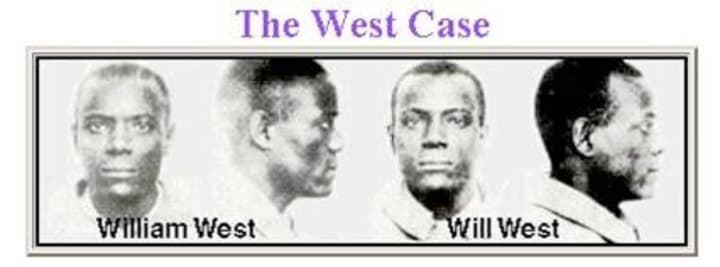
West continued to insist that he had never been there before and said to the records clerk “That’s my picture, but I don’t know where you got it, for I know I have never been here before.”
The Truth Comes Out
It was later determined that he was telling the truth and the file that the clerk had in his possession was that of an entirely different man, who looked just like, had the same measurements as, and had the same name as the man before him, Will West.
Prison officials compared Will’s fingerprints to that of William’s fingerprints, which visibly proved that they were not the same person. In fact, they weren’t even related.
This incidence presented problems with the Bertillon method, which the prison system soon abandoned as a whole. They still use portions of the system in conjunction with fingerprinting all inmates for identification purposes.
***Note: Previously published on Medium.***
About the Creator
Kassondra O'Hara
Working mom who uses her curiosity to fuel the curiosities of others ~ Writes mostly history and true crime




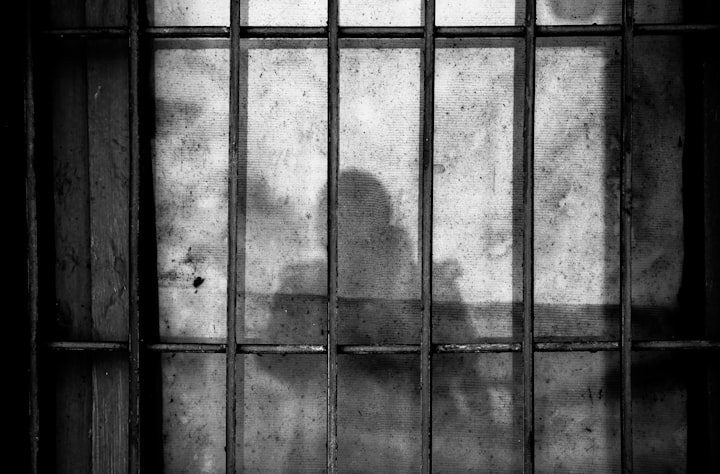

Comments
There are no comments for this story
Be the first to respond and start the conversation.